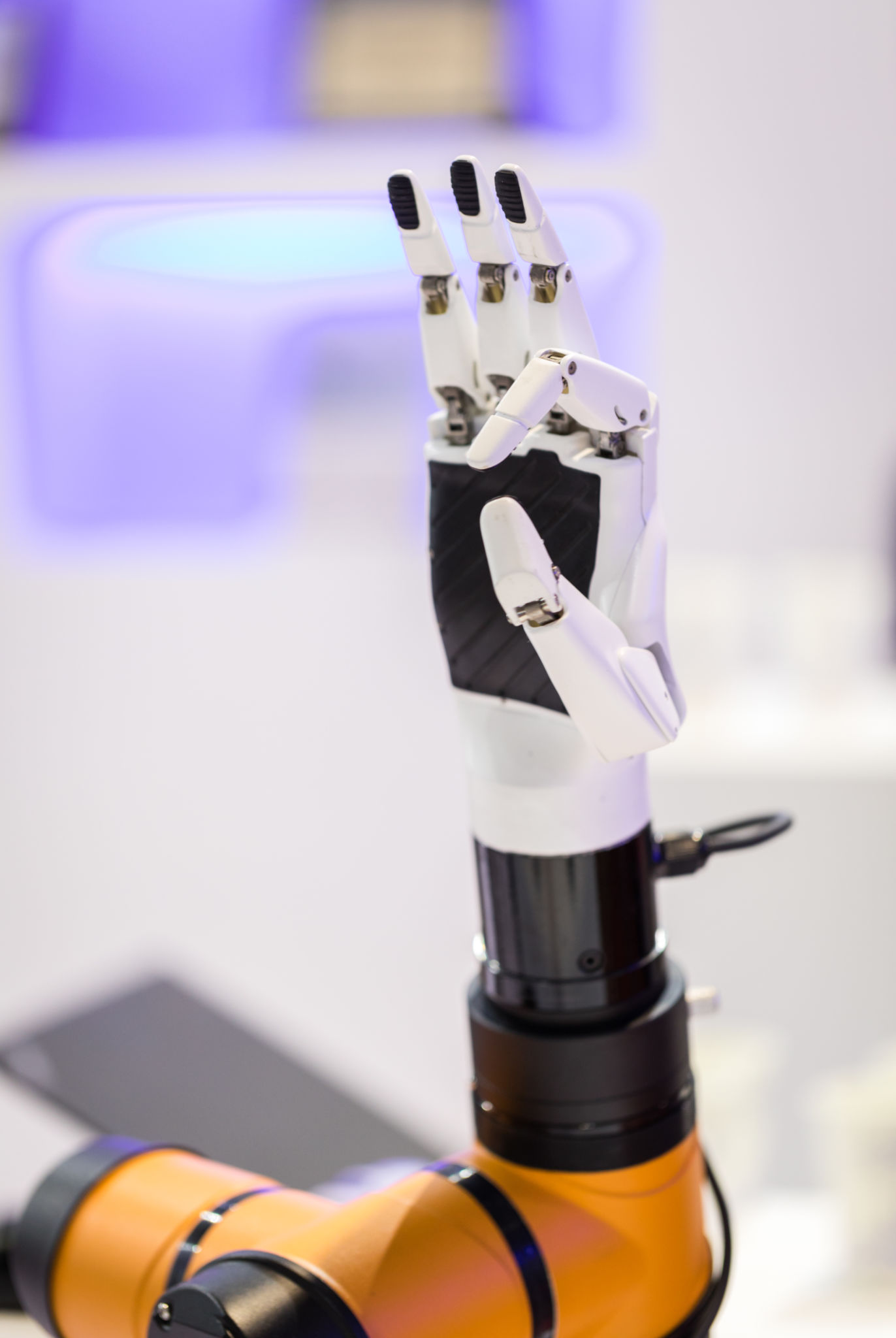Emerging Trends in Sign Language Interpreting Services
Introduction to Emerging Trends
The field of sign language interpreting services is experiencing a dynamic evolution, driven by technological advancements and a growing recognition of the importance of accessibility. Professionals in this space are constantly adapting to new trends to provide better services to the deaf and hard-of-hearing communities. Understanding these emerging trends is essential for interpreters, service providers, and users alike.

Technological Advancements
Remote Interpreting
One of the most significant shifts in sign language interpreting is the rise of remote interpreting services. With the advent of high-speed internet and sophisticated video conferencing tools, interpreters can now provide their services from almost anywhere in the world. This flexibility not only expands access but also allows for a greater pool of interpreters to be available for specialized needs.
Artificial Intelligence Integration
Another trend gaining traction is the integration of artificial intelligence (AI) in sign language interpretation. AI-powered tools are being developed to assist human interpreters, offering real-time translations and ensuring accuracy. While AI is not yet a replacement for human interpreters, it serves as a valuable supplement to enhance service delivery.

Professional Development and Standards
Continued Education
As the interpreting landscape evolves, so does the need for continuous education among professionals. Interpreters are increasingly engaging in workshops and training sessions to stay abreast of new technologies and methodologies. This commitment to lifelong learning ensures that they remain effective in their roles and can offer high-quality services.
Standardization of Practices
Efforts are being made to standardize interpreting practices across different regions and sectors. By establishing uniform guidelines and ethical standards, the industry aims to provide consistent and reliable services. This push towards standardization also includes the certification of interpreters, which boosts their credibility and the trust placed in their services.

Expanding Accessibility
Inclusive Practices
Sign language interpreting services are increasingly focusing on inclusivity, ensuring that all individuals, regardless of their hearing abilities, have access to essential information and services. This trend is particularly evident in sectors such as education, healthcare, and public services, where interpreters are now more commonly deployed to facilitate communication.
Community Engagement
Lastly, there is a growing emphasis on community engagement, with interpreters and service providers collaborating closely with deaf communities to understand their specific needs. This collaboration fosters a more personalized approach to service delivery and helps build trust and mutual respect between interpreters and the communities they serve.
In conclusion, the landscape of sign language interpreting services is rapidly evolving, driven by technological innovations and a commitment to enhancing accessibility. By embracing these emerging trends, interpreters and service providers can continue to improve the quality and reach of their services, ultimately benefiting the deaf and hard-of-hearing communities worldwide.
